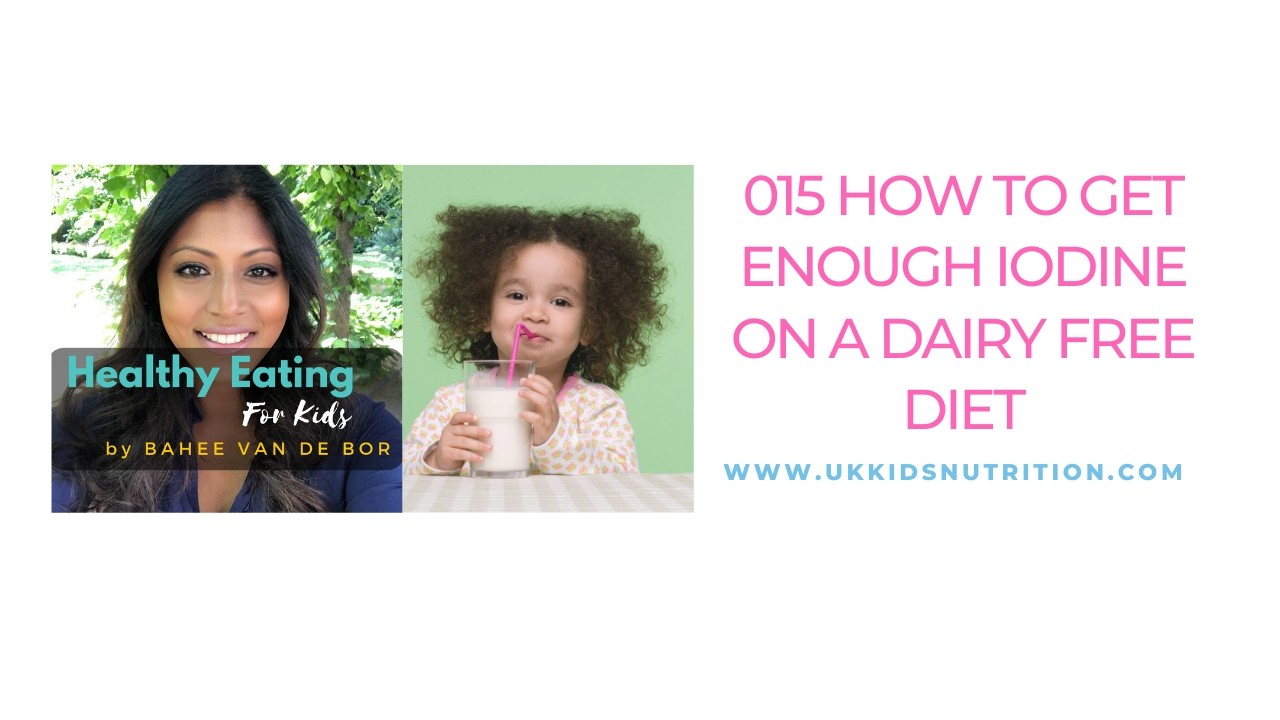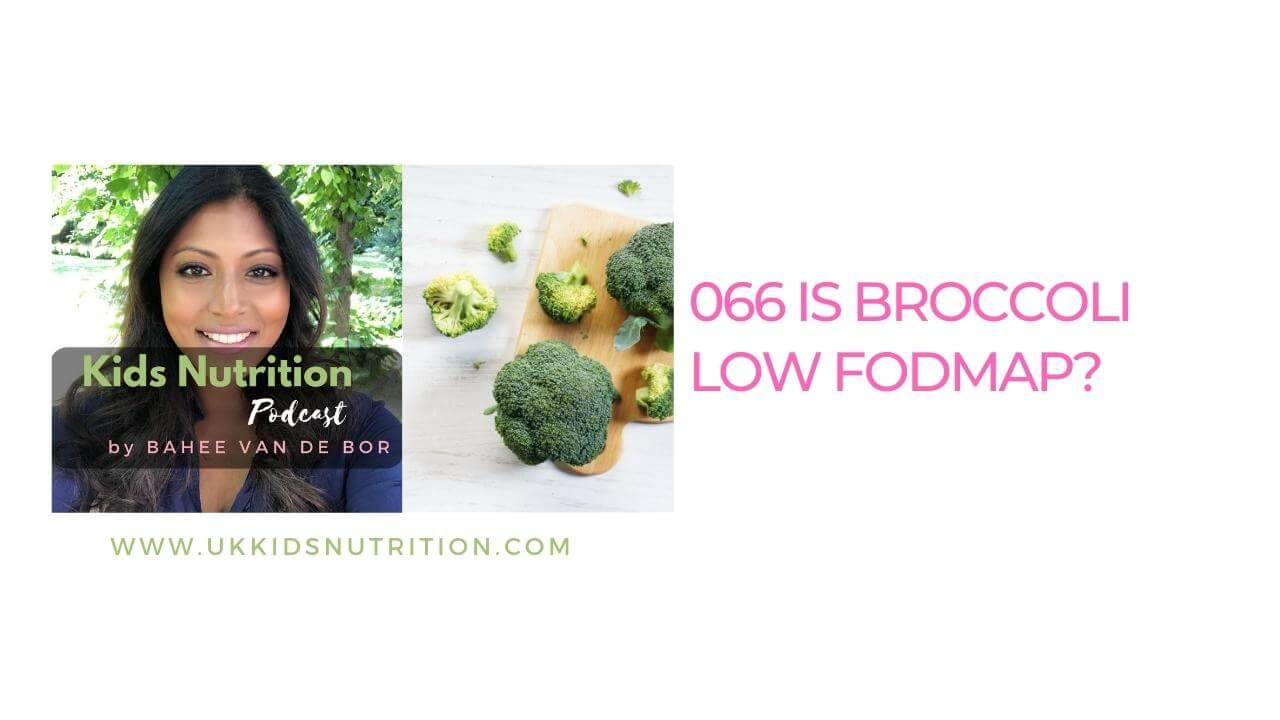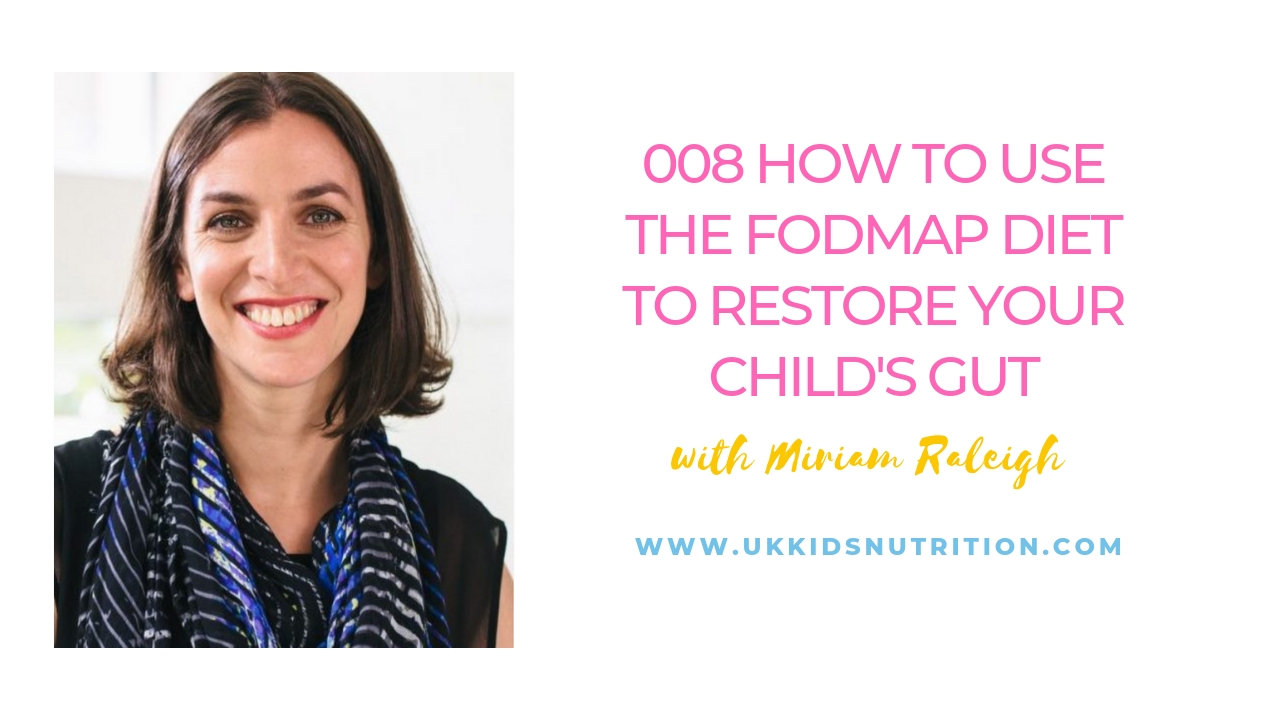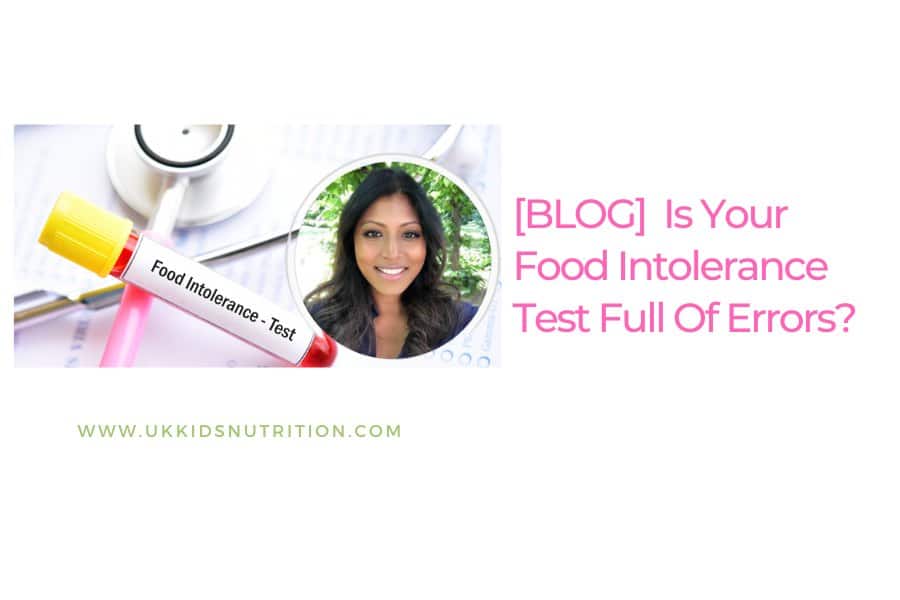Subscribe: Apple Podcast | Email | Spotify | Stitcher
Is your child following a dairy free diet? If yes, keep reading to find out how to get enough iodine on a dairy free diet.
You are probably thinking do I need to worry about iodine intake in the first place?
In this article, discover reasons why you should make foods rich in iodine part of your child’s dairy free diet and why children need enough iodine.
If your child is on a milk-free diet you probably worry about their calcium intake. Did you know that iodine is another mineral that shouldn’t be forgotten about?
Iodine is an essential nutrient that needs to be consumed through food as your child’s body cannot make it.
How does iodine work in the body?
Iodine plays an important role in helping the thyroid gland make thyroid hormones. The thyroid is a small butterfly-shaped gland and sits in the front throat area.
It combines with tyrosine, an amino acid, which is a basic building block of protein. It is therefore used to make thyroxine (T4) and triiodothyronine (T3). Thyroid hormones are then secreted and carried by the blood to the major cells and organs in the body.
However, importantly, iodine deficiency should not be confused with problems with the thyroid gland. To clarify, more information can be found on the British Foundation’s Thyroid website.
Thyroid hormones are therefore vital in metabolism, growth and children’s cognitive function. Due to its role in brain development, adequate iodine intake is important as early as the foetal stage in a mother’s womb.
A study suggested that the first 1000 days of a child’s life is the ‘window of opportunity’ and so ensuring that your child is reaching their requirements for iodine is important.
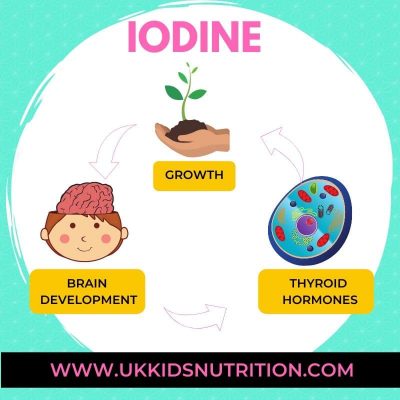
What happens if your child doesn’t get enough iodine?
Unfortunately, up to a third of us are not getting enough iodine, especially families living in the Middle East, South Asia, New Zealand and Europe due to the poor levels of iodine in the soil.
A foetus acquires all its iodine requirements from its mother in the first trimester. Iodine deficiency in a developing foetus has been linked to neurological disorders, attention deficit hyperactivity disorder (ADHD), and even a lower IQ.
Not only should you ensure that are consuming enough iodine as an expectant mother, but also checking that your thyroid is functioning correctly if you have any concerns.
If a child continues to have inadequate intake and develops persistent iodine deficiency, their growth and cognitive function may be deeply disrupted. The result of inadequate intake with poor functioning of the thyroid hormones can, unfortunately, lead to goitres.
As you can see, it’s especially important that pregnant mothers receive enough iodine because low iodine status in pregnancy can affect children’s language skills, IQ and memory.
Here’s what the research says. Low iodine status in pregnancy can have long-lasting effects on children as outlined below affecting:
- Lower cognitive, language, and motor scores at 18 months and at 3 years
- Impaired working memory at 4 years
- Lower reading accuracy, and comprehension at 9 years
- Lower verbal IQ at 8 years
Need a dietitian to chat through this?
YES PLEASE! LET’S CHAT
Where do children get iodine from?
If you live in the UK, your child is most likely getting sufficient iodine from their diet, however, this is mainly derived from cow’s milk.
What’s worrying is that there is some evidence of mild iodine deficiency in school-aged girls.
Children aged 4-10 years usually have adequate status as they drink milk but intake tends to drop during the childbearing years. This is when girls particularly can become borderline deficient.
Note that the World Health Organisation define deficiency as urinary iodine levels less than 150 ug/l.
If your child is following a milk-free diet it’s important to actively check that they are receiving the right amounts of iodine from their daily food choices.
How much iodine do children need?
The table below describes how much your child will need. Requirements will change with age until adulthood. During pregnancy and lactation, mothers are not required to increase their intake in the UK, however, this advice does vary across the globe.
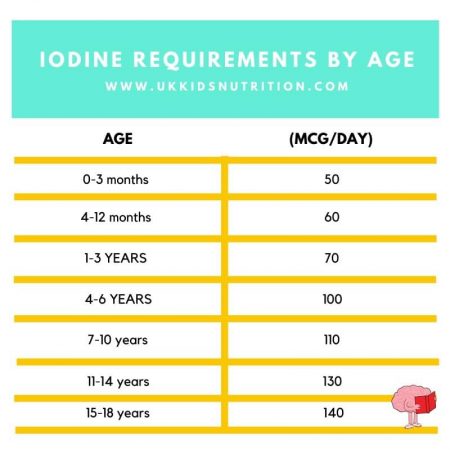
What are the non-dairy sources of iodine?
Plant-based drinks
Plant-based drinks are a useful source of iodine in a dairy-free diet, but be careful to check the nutrition labels. Not all brands are regularly fortified with vitamins and minerals and organic brands rarely do. You will need to look even harder for brands with iodine fortification.
Remember, only children over the age of 12-18 months can be switched from formula to a plant-based drink as their main drink, so do work with a registered paediatric dietitian who will guide you with this important decision.
According to product labels, M&S plant-based drinks are a good match to cow’s milk, however, more research is needed as to how plant-based drinks are fortified with iodine. Potassium iodide is the usual choice added to plant drinks.
Note that taking high doses of iodine for long periods of time can affect the way your thyroid works so please always consult with a registered medical professional before starting any type of iodine supplement for you or your child.
Contrary to popular claims, note that sea salt/Himalayan salt is not a good source of iodine. You can buy iodised salt, but do use this sparingly to abide by the national recommendations for salt.
Some countries like Australia and New Zealand have an iodised salt policy with flours iodised salt used in bakeries. This is currently not in place in the UK.
For tips on cutting back on salt, read 9 easy ways to cut back on salt here.
Which seaweed and related supplements can my child eat?
You may have seen seaweed highlighted as being a good source of plant-based iodine but as the amounts are so variable it is generally not recommended as the main source.
Let me explain. Kombu/kelp varieties of seaweed are one of the highest in iodine, providing significantly more than your child’s daily requirements.
For example, a sheet of dried kombu/kelp can have up to 2984 mcg of iodine per 1g sheet. What’s interesting however is that one study suggested that Japanese adults eat around 1000-3000 mcg per day.
Please note that 99% of the iodine from the kombu is lost in water after boiling after fifteen minutes. If you use seaweed to prepare a broth, you will find that the broth rather than the seaweed itself now holds the iodine.
Nori is another type of seaweed with reasonable and lower amounts of iodine. It is often used to prepare sushi.
In Australia and New Zealand, the advice is to eat no more than one serving of brown seaweed per week.
Please do however avoid kelp supplements for you and your children. The amount of iodine in such supplements can vary considerably, more than the value claimed on the label with an increased risk for toxicity.
Fish and seafood
If your child is not on a vegetarian or vegan diet fish is an excellent option for iodine.
The species of fish matter and the general rule of thumb is to choose white fish, over oily fish (but please still include oily fish in your child’s diet as it’s a source of essential fatty acids).
White fish such as haddock and cod come out top trumps as an iodine source and as most kids tend to enjoy white fish this can be an easy go-to.
As much as we still have a long way to go with plant-based drinks being fortified with all the necessary nutrients, here are a few varieties that are fortified with iodine.
| Dairy-Free Drink Alternative | Values of Iodine ug/L |
| M&S Soy, Almond, Oat, Cashew and Coconut Drink | 300 |
| Asda Free-From Oat Drink | 300 |
| Alpro Soy Chilled | 225 |
| Koko Dairy Free Super | 130 |
Here is also a guide taken from the BDA (British Dietetic Association) fact sheet on iodine.
As you can see, haddock is fab and as kids are such a fan of fish fingers this might be one to add to your menu for the week.
For more recipes ideas using fish see:
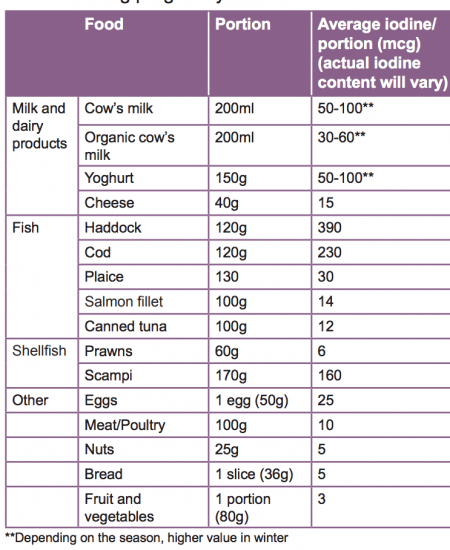
If your child is following a vegan diet, supplementation is necessary. Do seek professional advice to avoid the risk of excess intake.
If you have concerns about your child’s iodine intake you can contact me today for a free 15-minute consultation. We can discuss if working with me would be beneficial for your child’s needs.
YES PLEASE! CLICK HERE
For plant-based snacks for babies and toddlers see Twenty Plant-Based Snacks Your Kids Will Love.
- Getting creative with plant drinks.
Most dairy-free alternatives can be used as a direct swap to cow’s milk in recipes.
Get creative in the kitchen with your plant-based drinks.
Here are some of our faves!
- Custard – I haven’t come across a child who doesn’t enjoy a bowl of custard, add some sliced bananas and you have the perfect pud!
- Rice pudding – A great choice now that the days are getting colder. Add in some chopped apple and cinnamon during cooking to make it extra special.
- Cooked porridge or overnight oats – The pairing of oat drink with oats is one of the best for me, that extra ‘oaty’ taste and the natural sweetness from the oat drink makes it one of our favourite breakfast choices. Add some frozen berries and a sprinkling of ground flaxseed or nut butter if you need additional calories.
- White sauces – White sauces are used in so many dishes, however, Mac’n’Cheese is always a winner in our house! Adding veggies such as broccoli and cauliflower into the mix is always a great choice. We top ours with some breadcrumbs before finishing off in the oven.
- Smoothies – These are a great go-to especially when you’re in a rush. Chuck in a handful of frozen berries, with some spinach and a plant-based drink of your choice and blend away. The addition of oats, nut butter or banana can help keep you fuller for longer.
- Hot chocolate – This makes the perfect treat, simply melt dairy-free chocolate with your choice of dairy-free drink or alternatively use cacao powder.
- Pancakes – If you’re looking for a breakfast treat pancakes are the one! Blend oats, banana, egg and milk and then fry for 2-3 minutes on each side. Serve with some dairy-free yoghurt and fruit.
- French toast – Again French toast is a lovely weekend breakfast idea. Thickly sliced bread dipped in a mixture of egg, milk and cinnamon before frying, yum!
Do you have any fun ways to get creative with your plant-based drinks? I would love to know, please leave a comment in the box below.
Did you enjoy today’s post?
Today’s post was contributed by The Nutrinerds. Edited and approved by Bahee Van de Bor, registered paediatric dietitian.
Let Me Help
Would you like to meet a children’s dietitian who has successfully helped families solve their nutrition problems from around the world?
No matter what you are worried about, I’ll help you manage these with confidence.
